Shisei: Posture as mind-body presence in Zen
Shisei (姿勢), often translated as “posture” or “attitude”, refers not only to physical alignment but to the integration of body and mind (shinshin) in Zen practice. While many traditions emphasize mental cultivation in abstract terms, Zen insists on the inseparability of mental and physical states. Posture is not merely a support for meditation — it is meditation. Shisei thus becomes a key expression of embodied presence, where the way one sits, walks, bows, or breathes reflects and shapes one’s state of mind.
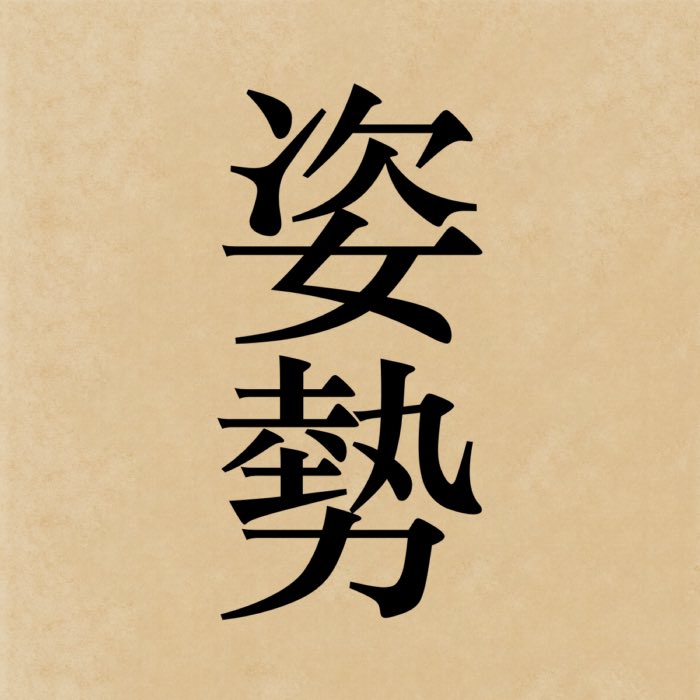
The kanji 姿勢, which reads shisei in Japanese, literally means “posture”. The first character, 姿 (shi), means “appearance” or “figure”. The second character, 勢 (sei), means “force”, “energy”, or “presence”. Together, they convey the idea of a physical stance that embodies one’s inner state.
Etymology and traditional usage
The term shisei combines 姿 (shi, “appearance” or “figure”) and 勢 (sei, “force,” “energy,” or “presence”), denoting the visible expression of inner energy or attitude through the body. In Zen, it describes more than physical stance; it expresses the condition of awareness as made manifest through bodily bearing.
From the earliest transmission of zazen in China and Japan, great emphasis has been placed on posture: an upright spine, grounded sitting bones, relaxed shoulders, hands placed in the mudra of concentration, and a steady gaze. Dōgen, in his Fukanzazengi, devotes detailed attention to correct shisei, indicating that posture is not preparatory but essential to the realization of awakening.
Shisei in practice
In zazen, shisei functions as both form and expression. A well-aligned posture encourages alertness and stability, supporting the mind in its effort to remain present without strain. Conversely, a slouched or tense posture often correlates with mental dullness or restlessness. Rather than treating posture as a mechanical setup, Zen views it as the embodiment of intention.
Importantly, shisei is not only about stillness. In kinhin (walking meditation), ritual bowing, or even everyday tasks such as sweeping or cooking, the attitude of the body reflects — and in turn cultivates — a state of inner clarity. This reflects a central Zen insight: awakening is enacted, not theorized. By aligning posture, breath, and attention, the practitioner enacts presence without relying on conceptual instruction.
Zen teachers often say that one’s shisei reveals the state of one’s mind before a word is spoken. This is not a psychological reading but a direct recognition of the body as the site of practice. Through posture, the practitioner communicates sincerity, attention, and readiness — not to others, but to the moment itself.
Buddhist background and relevance
While posture receives less emphasis in early Buddhist textual analysis compared to the satipaṭṭhāna framework of mindfulness, embodied presence is a foundational aspect of monastic training across Buddhist traditions. In the Mahāyāna context, shisei aligns with the principle that form is not separate from emptiness (rūpa śūnyatā). The way one embodies a form reveals one’s relationship to reality.
Dōgen extends this idea with striking clarity: for him, the upright posture of zazen is not symbolic of awakening but its actualization. This view challenges dualistic assumptions that treat body and mind as separable domains. In shisei, posture is no longer a tool for getting somewhere — it is the place where realization appears.
Philosophical and cultural perspective
Shisei also challenges contemporary tendencies to divide intellectual and physical domains. In modern life, posture is often unconscious, distorted by distraction or inattention. In contrast, Zen makes posture the ground for self-awareness. Rather than being incidental, bodily form becomes central to how one inhabits the present.
This has implications not only for meditation but for ethical comportment. A composed, grounded posture can express respect, humility, and resolve without speaking. In this way, shisei reflects the integration of physical discipline and moral presence, common in Zen but often absent in Western notions of embodiment.
Conclusion
Shisei exemplifies a fundamental aspect of Zen practice: the recognition that body and mind are interdependent expressions of presence. By giving full attention to posture, the practitioner enacts awareness rather than treating it as an abstract goal. Critically, shisei challenges conceptions of realization as purely mental or detached from physical existence. It reframes practice as an embodied discipline where awakening is expressed through the simplest gestures of being: how one sits, breathes, and moves. In doing so, it reinforces a broader Buddhist insight — that wisdom is not apart from the body or from action, but emerges through an undivided, attentive engagement with reality.
References and further reading
- Oliver Bottini, Das große O.-W.-Barth-Buch des Zen, 2002, Barth im Scherz-Verl, ISBN: 9783502611042
- Heinrich Dumoulin, Geschichte des Zen-Buddhismus, Band 1+2, 2019, 2., durchgesehene und erweiterte Auflage, Francke A. Verlag, ISBN: 9783772085161
- Hans-Günter Wagner, Buddhismus in China: Von den Anfängen bis in die Gegenwart, 2020, Matthes & Seitz Berlin, ISBN: 978-3957578440
- Jr. Buswell, Robert E., Jr. Lopez, Donald S., Juhn Ahn, J. Wayne Bass, William Chu, The Princeton dictionary of Buddhism, 2014, Princeton University Press, ISBN: 978-0-691-15786-3
- Werner Lind, Budō – Der geistige Weg der Kampfkünste, 2007, Nikol, Gebundene Ausgabe, ISBN-10: 393787254X
- Werner Lind, Lexikon der Kampfkünste, 2001, Penguin, ISBN-13: 978-3328008989
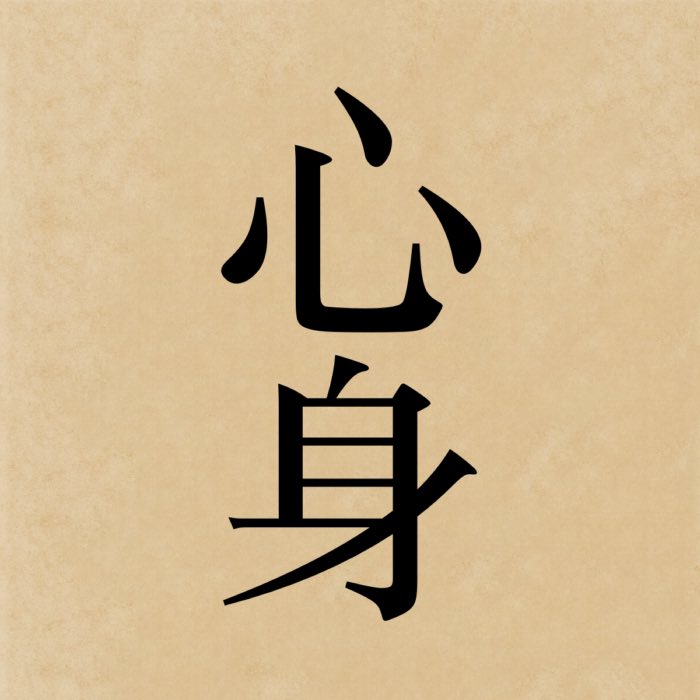

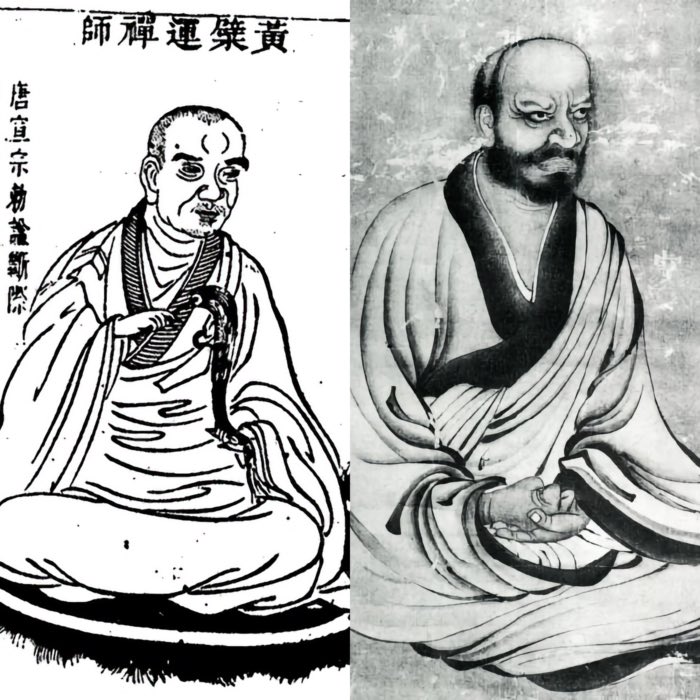
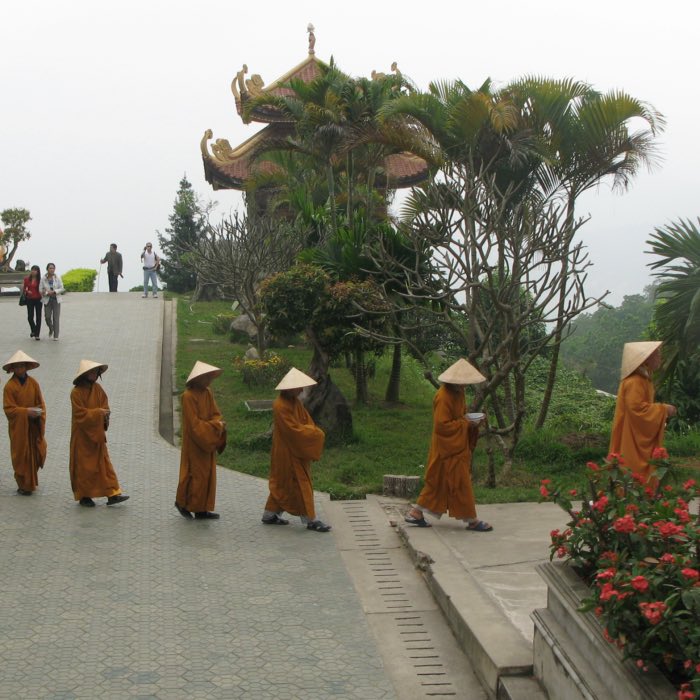
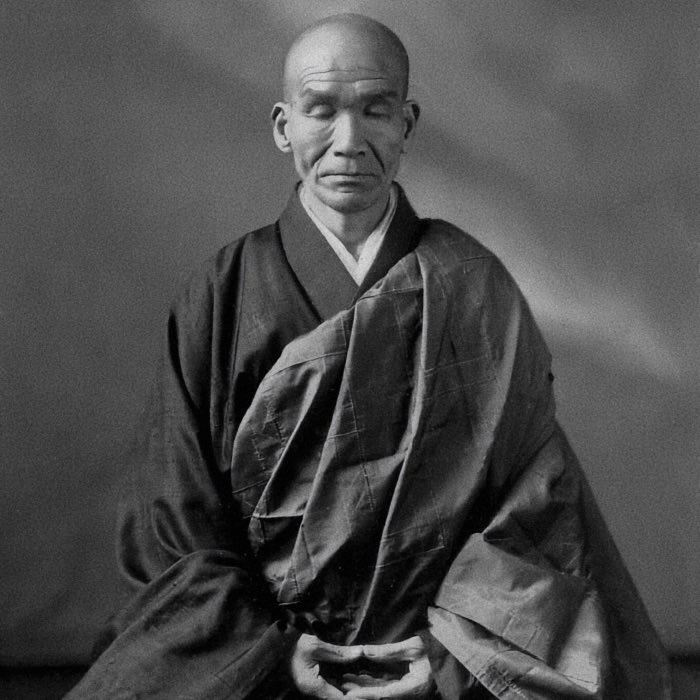
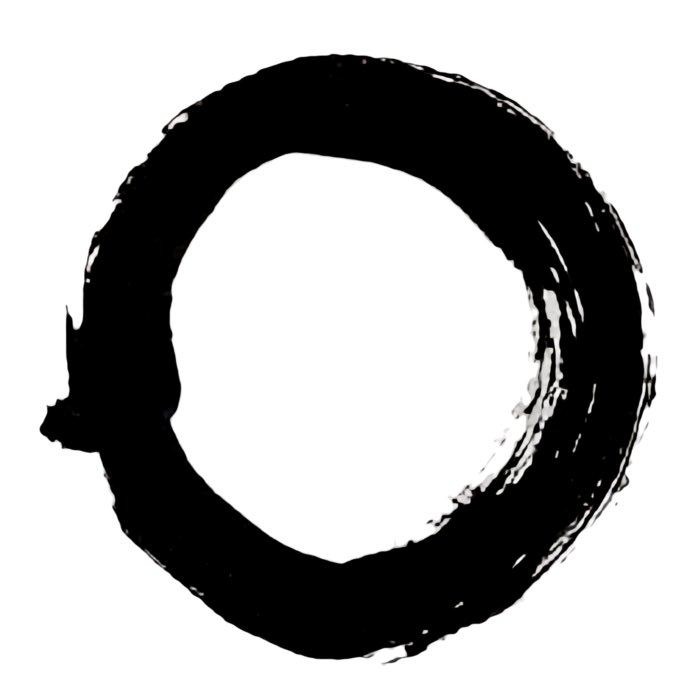



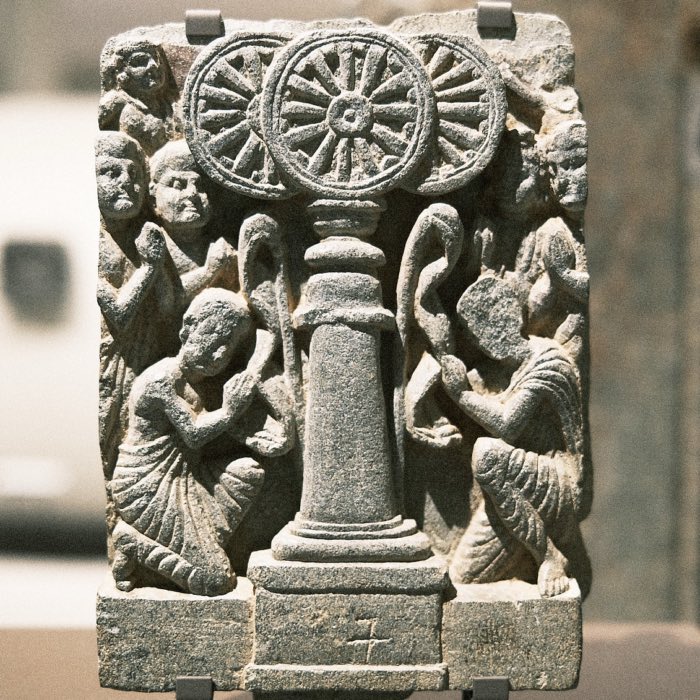
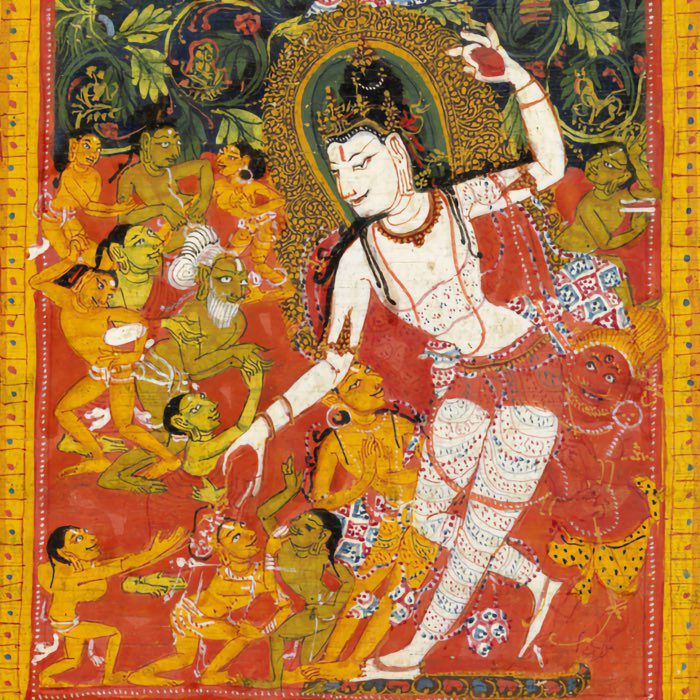
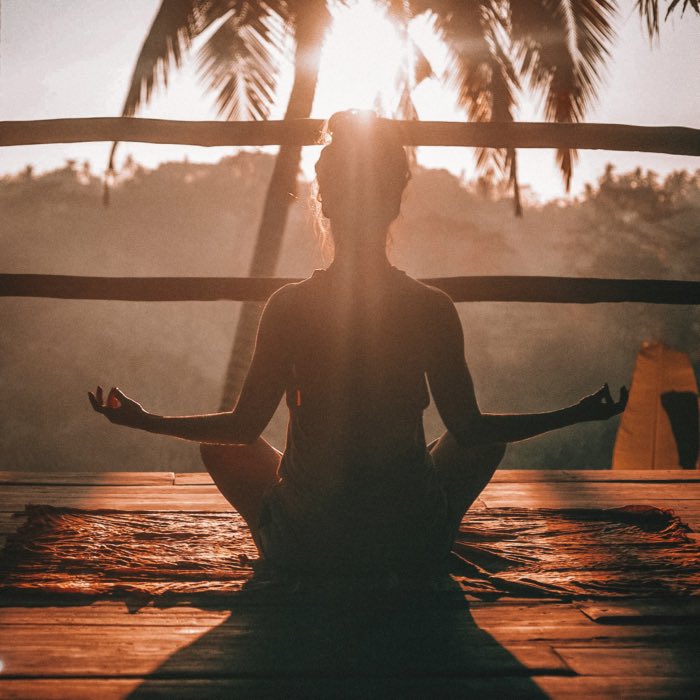
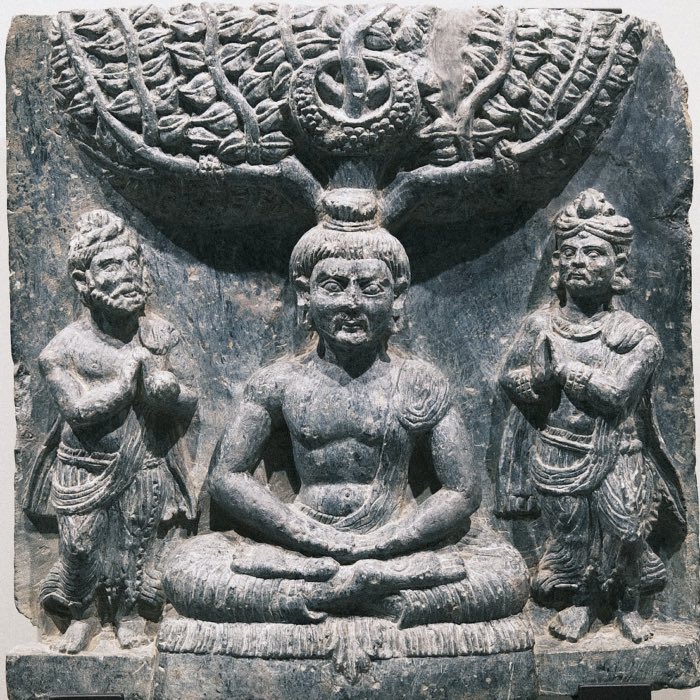
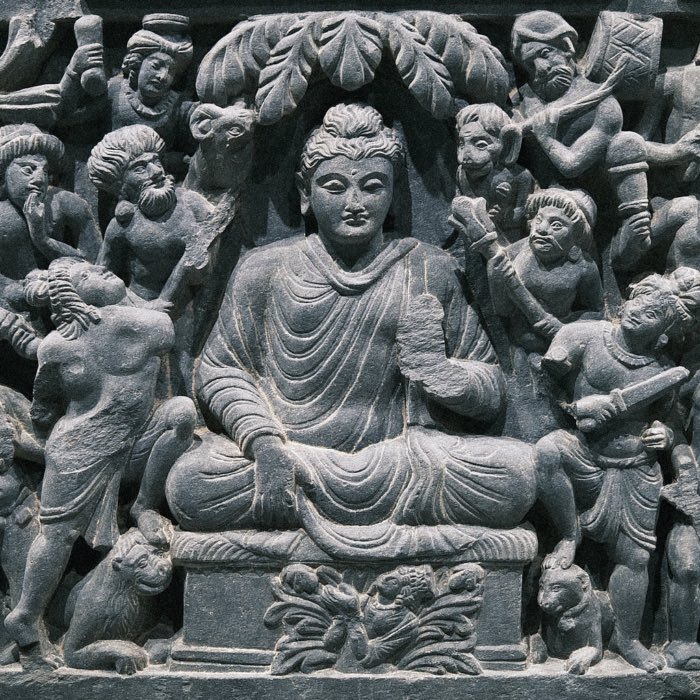
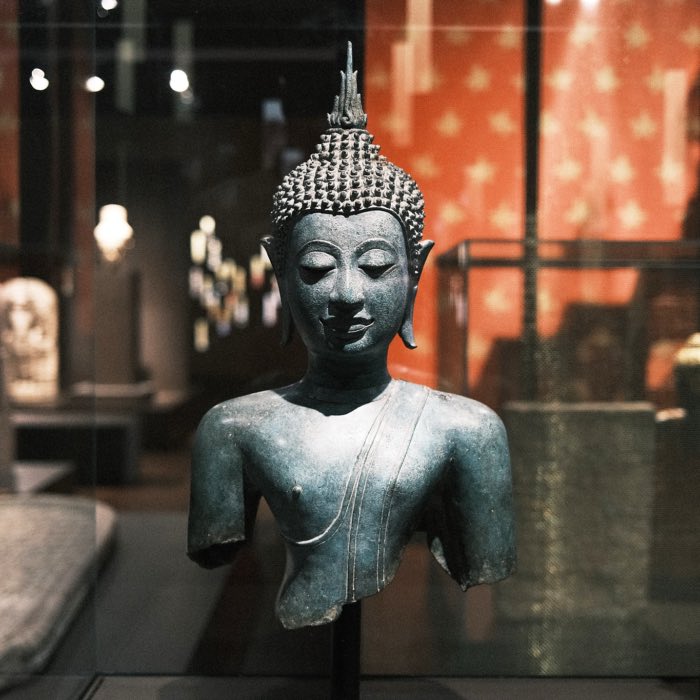


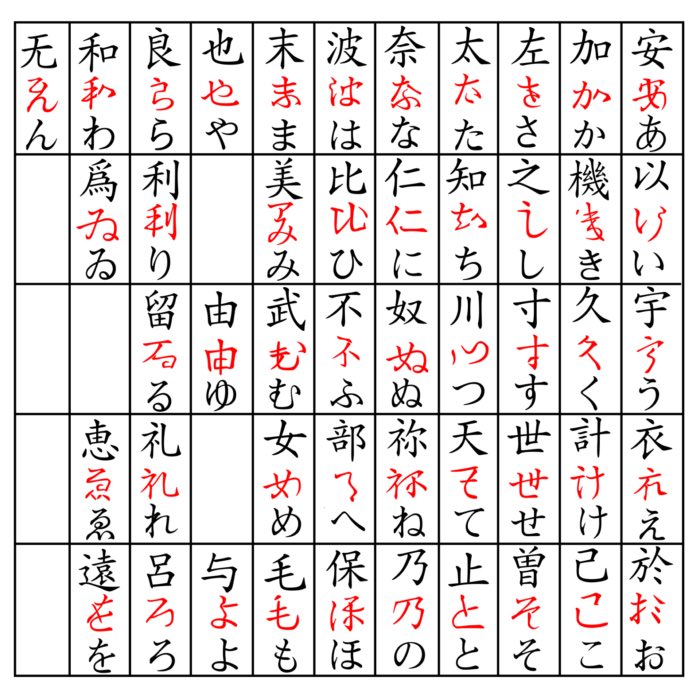
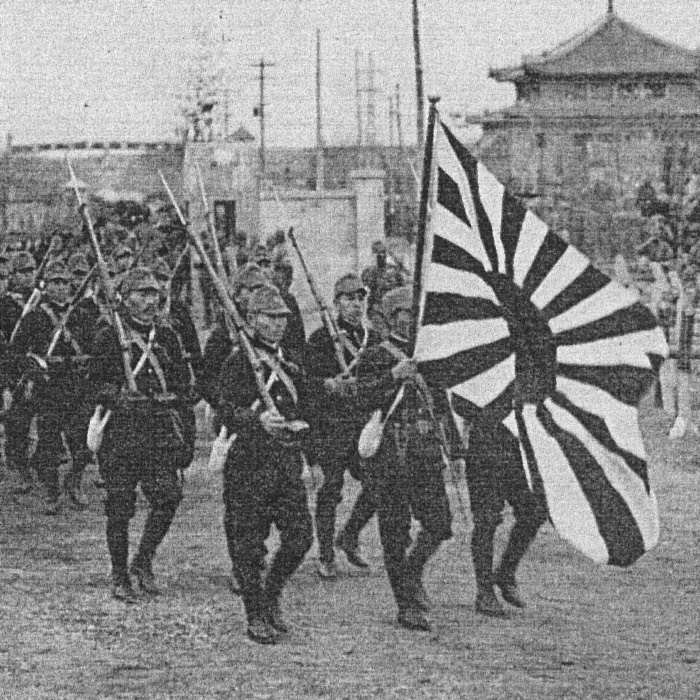
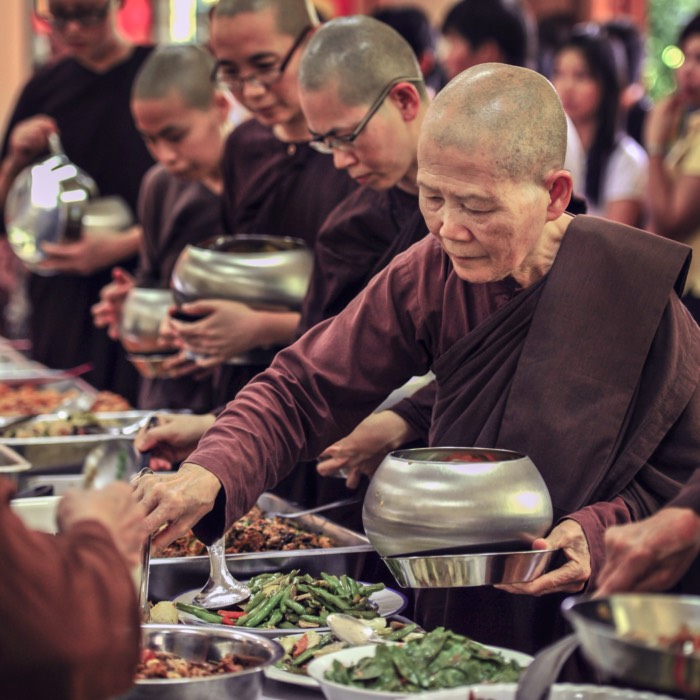
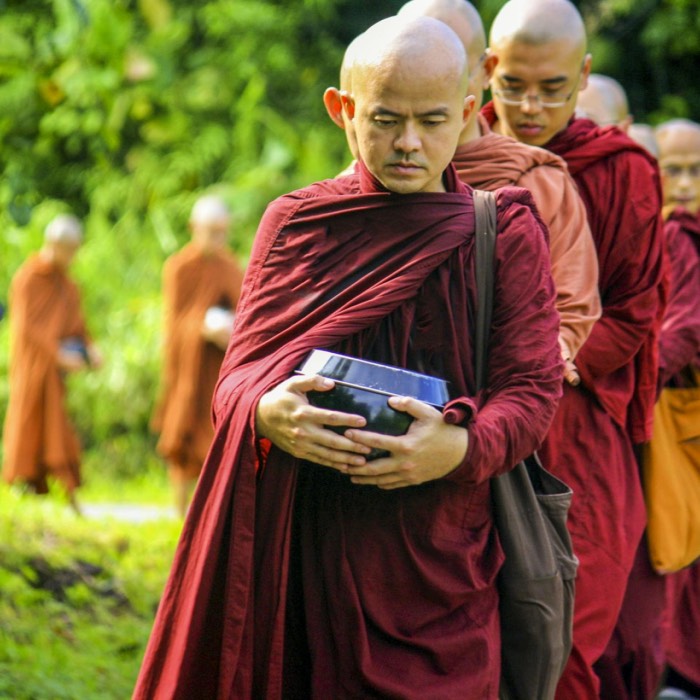





comments